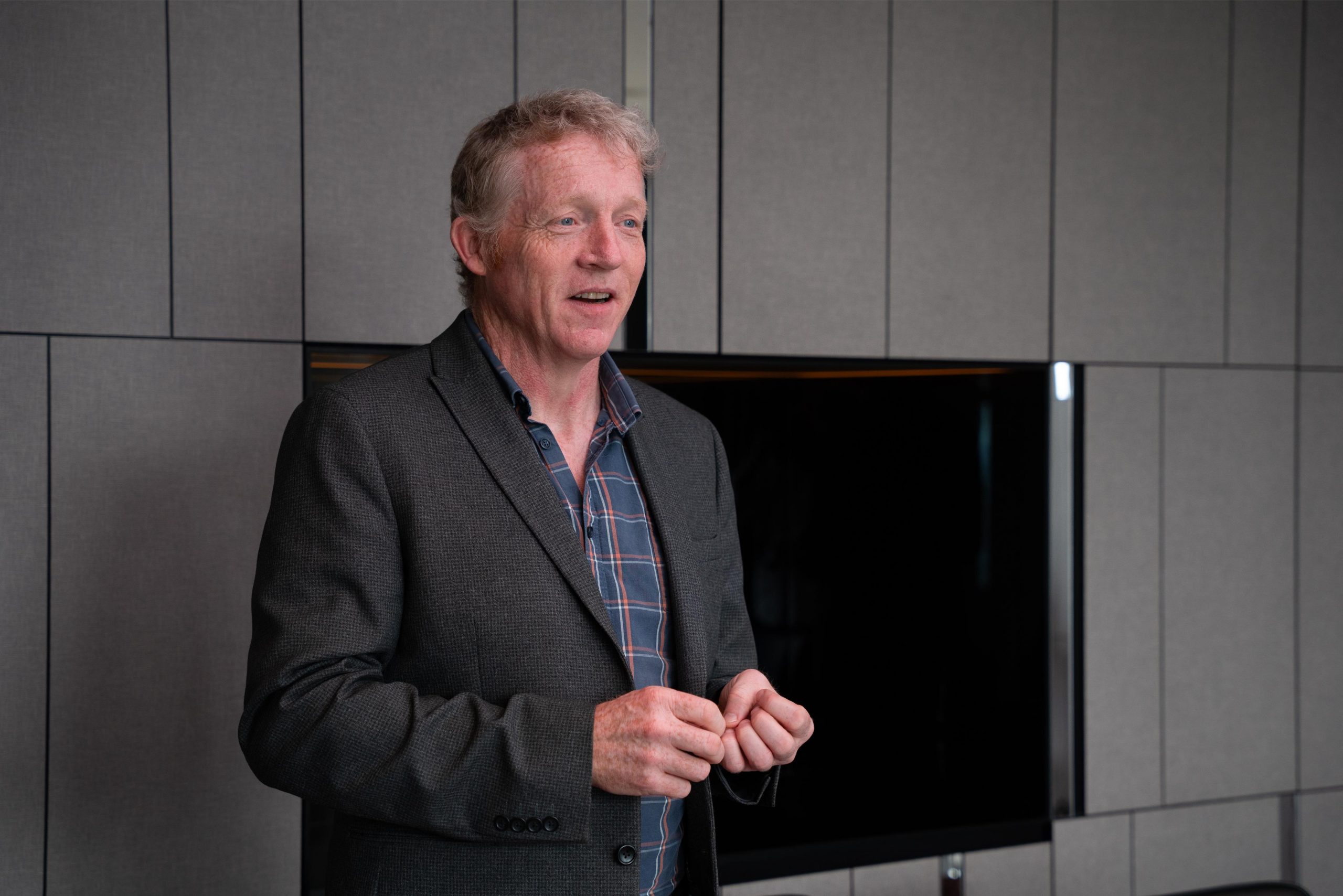Hosted by Frank Wainwright and Sam Robbins, FMBE Magazine at artotel, London Friday 25th April 2025
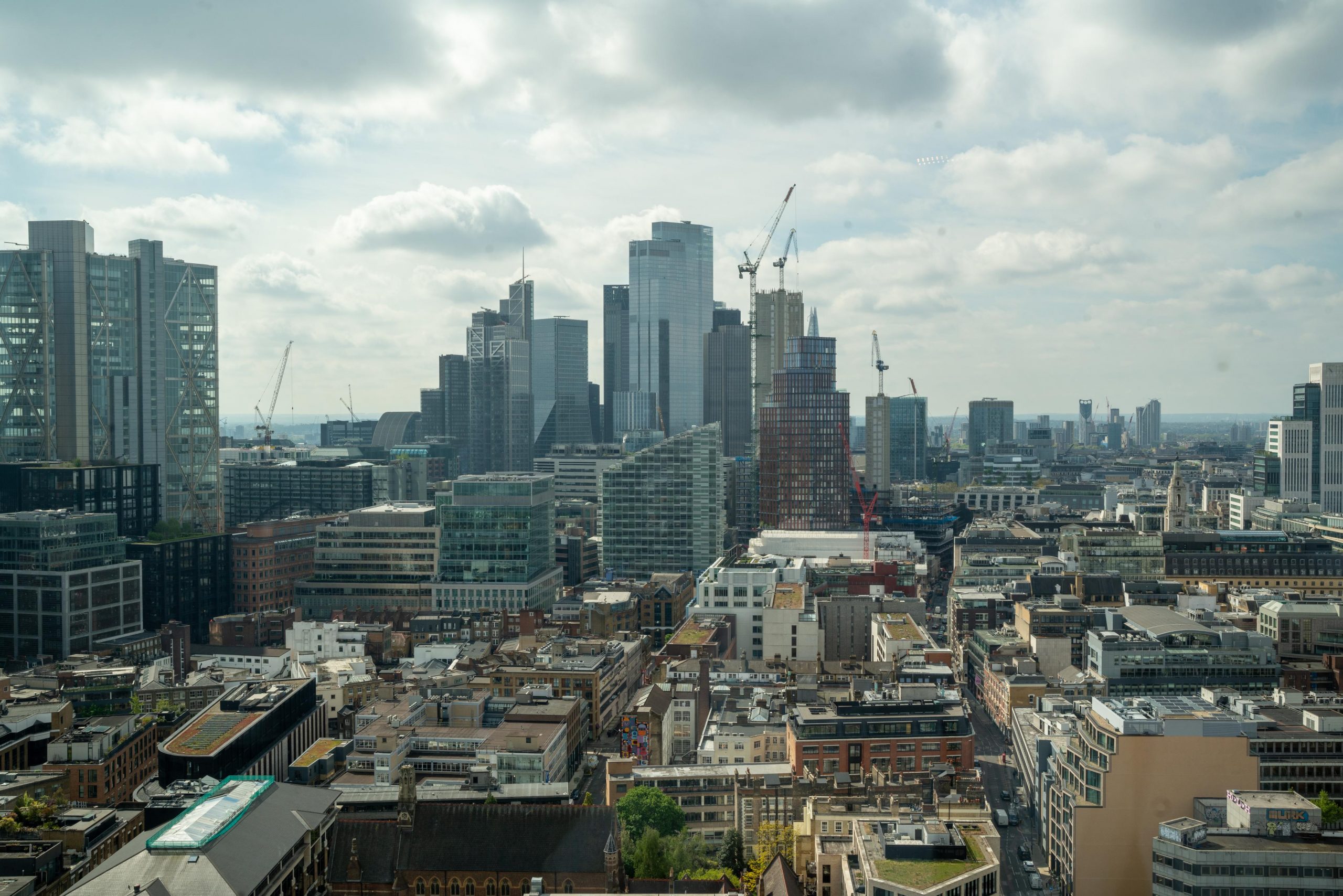
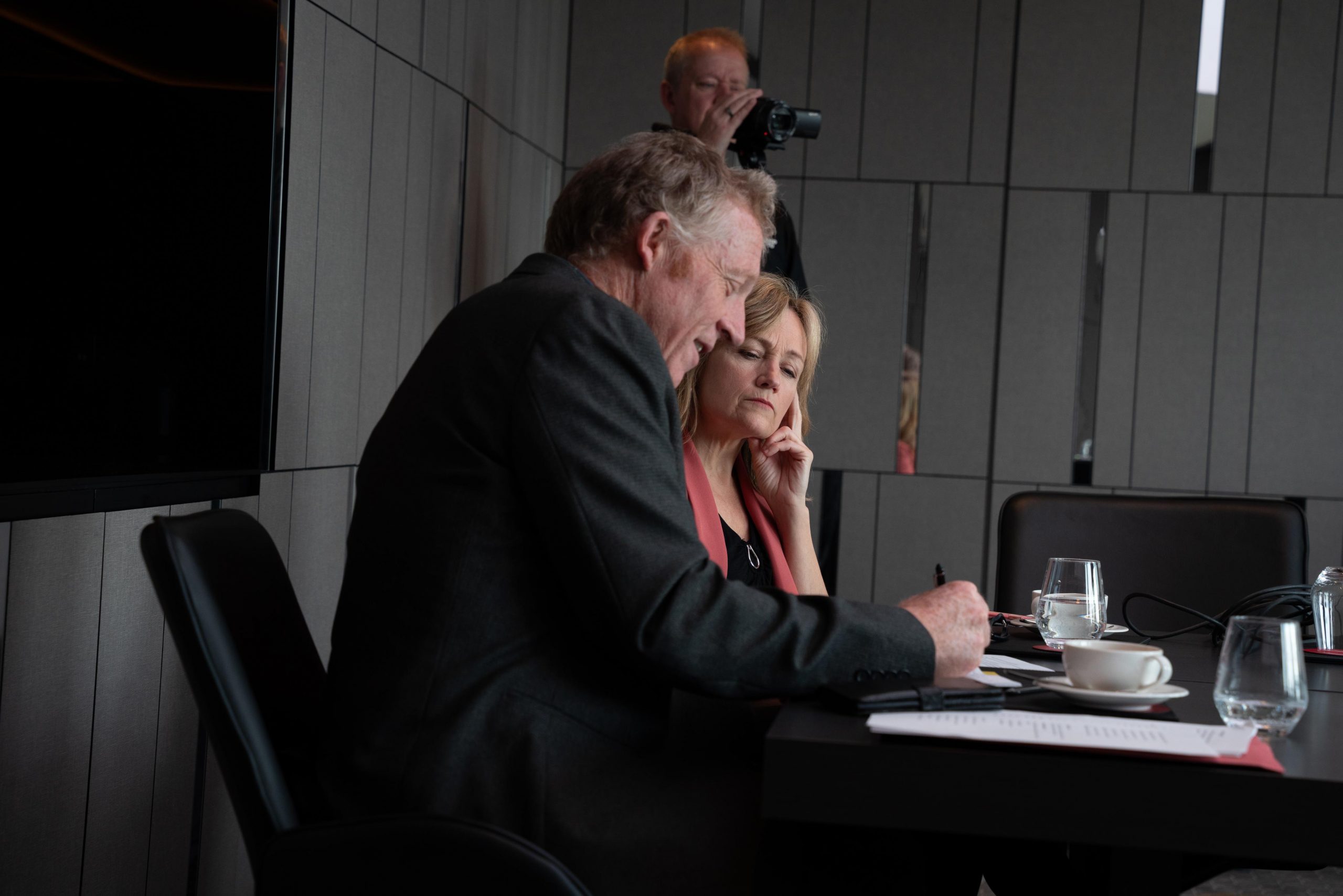
Robin Carlisle, director, Sage Communications and Events
Alain Brissimitzakis, MD, Channel Assist
Giles Cattle, Chief Growth Officer, Strata
Ella Mould – Account Director, The Circle Agency
George Bateman, MD, Experience 12
Callum Barr, Senior Account Director, Avantgarde
Oliver Murray, Sales Director, Future Stores
Emma Vinyard, Corporate Sales Manager, Troxy
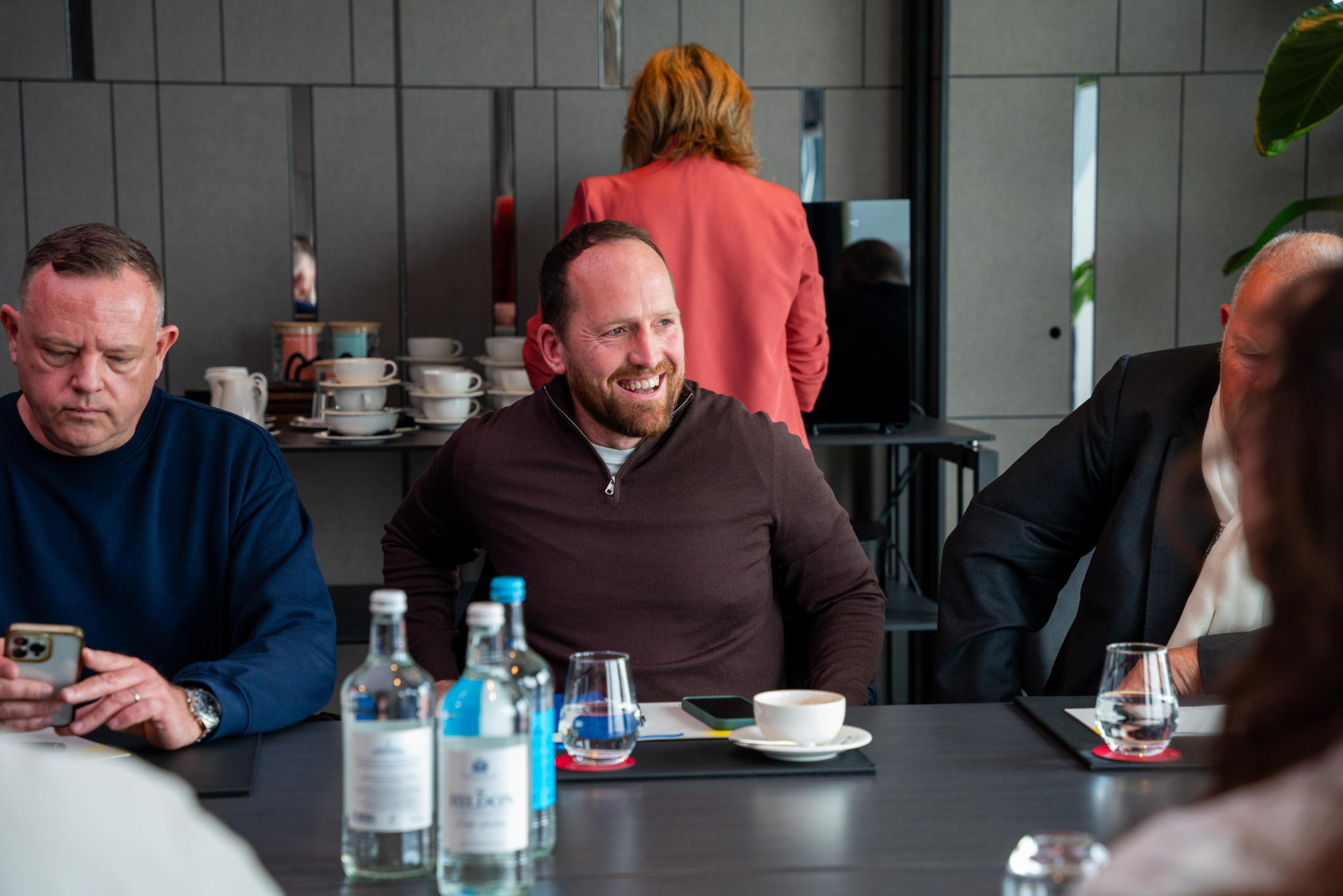

Defining and Delivering Immersive
Immersive Events are making a comeback. This type of event was once the largest category at FMBE Awards, but no aspect of FMBE took a greater backseat as virtual events took hold and clients reassessed budget effectiveness. Smaller events with a strong emphasis on content creation for amplification on one hand, and quantity-of-contact sampling roadshows have led the way.
But the category has fought back led by sectors such as automotive and entertainment, but also across multiple sectors including FMCG, with brands seeking to really know their consumers. B2B and B2E events are also on the rise, with work from home making IRL events have a greater role to play in corporate cohesion.
When discussing Immersive Events, the panel we brought together included 5 agency leaders with a reputation for immersive events across automotive, entertainment, FMCG and B2B sectors – Robin Carlisle, Giles Cattle, Ella Mould, George Bateman and Callum Barr. They were joined by Alain Brissimitzakis whose consumer electronics focused sales and marketing agency Channel Assist is increasing its use of engagement events together with immersive venue suppliers, Oliver Murray and Emma Vinyard whose London based venues have a focus on enabling dwell time, consideration and engagement.

It was Callum Barr (pictured above) who kicked the conversation off, helping us all to define what immersive means by focusing on the quality of storytelling. He had us all thinking great reads and amazing theatrical performances, moments where storytelling is at its most gripping, as a reference point for what an immersive event needs to be aiming for. “Theatre is the best example of event immersion” he said, noting that the quality of the storytelling rather than the type of theatre or performance is what delivers the deepest connection.
George Bateman agreed, noting that immersion isn’t necessarily about how surrounded the visitor is but how much the event delivers ‘feeling’. A story that creates an emotional response rather than simply a story being told would, he considered, give immersive depth.
Ella Mould added to this: “Connecting with people on an emotional level, transporting them and involving them” would, she states, deliver immersion.
For Alain Brissimitzakis the key to immersion is multisensory and he agrees with the others that immersion is “not about being talked at”. He notes his admiration for Future Stores, the purpose built immersive venue, represented around the table by Oliver Murray.
Oliver declared his relatively recent arrival in the world of brand experience, as his background is in standard media channels and he is keen to impress that event engagement and immersion is on the up as a necessary “antidote to digital fatigue.” A moment of attention is not enough, he says, to captivate in any meaningful way.
Giles Cattle adds “You have to earn the attention – it goes beyond passive, and into something interactive”. He elaborates the point that creating interaction isn’t just about gamifying the experience – game play can be very insular – but about delivering a shared experience.”

Robin Carlisle (pictured above) interjects that one historical example on his CV was creating pop-up shops for Mercedes-Benz where “every part of the store had to have a real hands-on purpose.”
Giles adds to that point that there can be a conflict when accounting for immersive events. Return on Investment he says can be a distracting metric when the core objective is to win over the minds of event attendees. Return on Time he says is the truer way to help structure immersive events successfully.
Emma finalizes this part of the chat telling the group that she has seen a change in what brands expect of her immersive venue, the art deco cinema Troxy. “The focus is definitely on the quality of the experience above that of the monetary values brought to the brand”.
Return on Investment vs Return on Engagement has long been a challenge to immersive events but the armoury for marketers seeking to prove the value of creating events with absorbing dwell time is better understood.
Evaluating Immersive
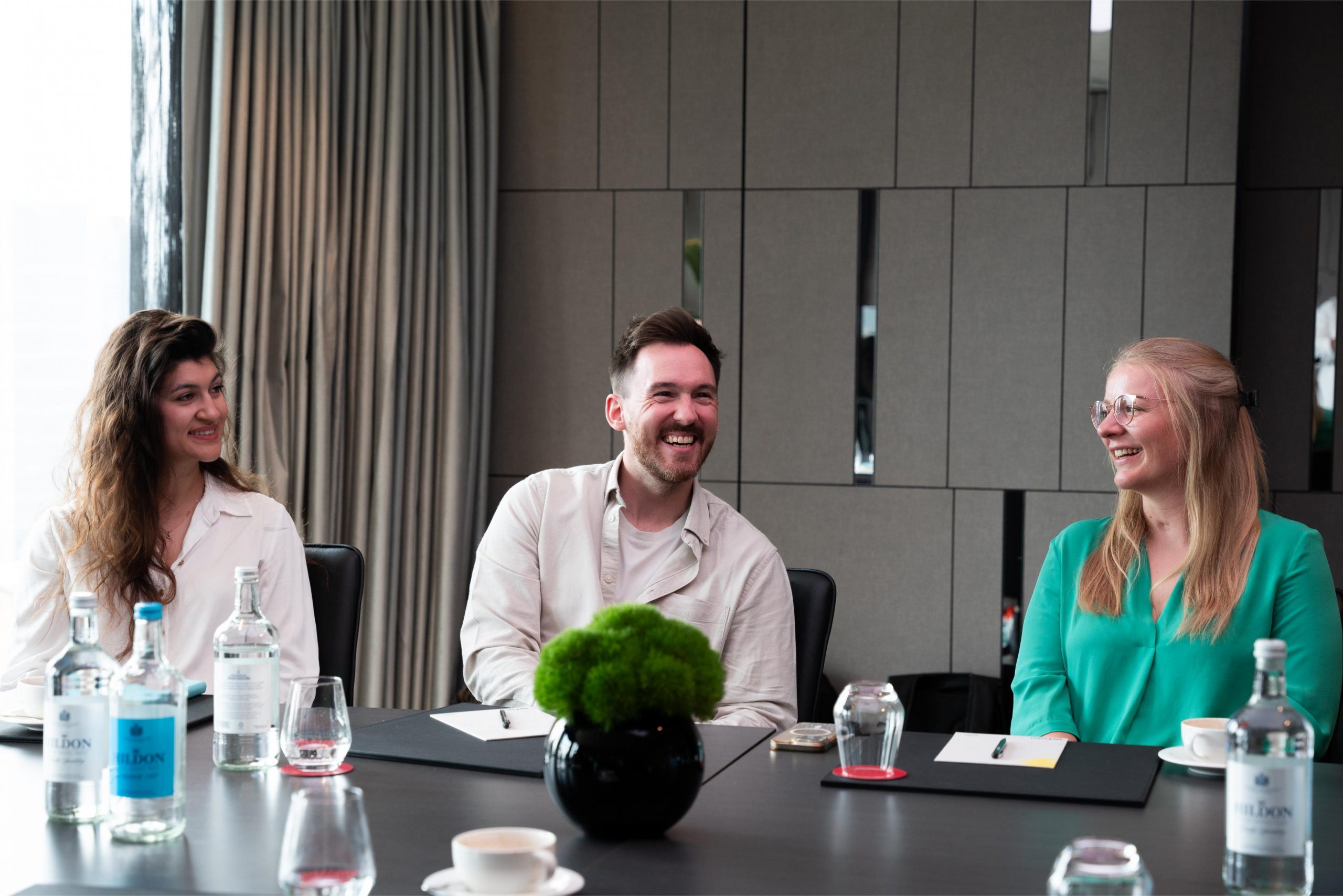
As the conversation moved into accountability George (pictured above) outlined the challenge facing brand experience advocates. He noted the perceived disparity of Magic vs Metrics, exampling events like Glastonbury and saying that these events have moments of pure magic – and questioned how that can be measured or quantified. He added that GDPR and privacy sensitivity has also added to the accountability challenge.
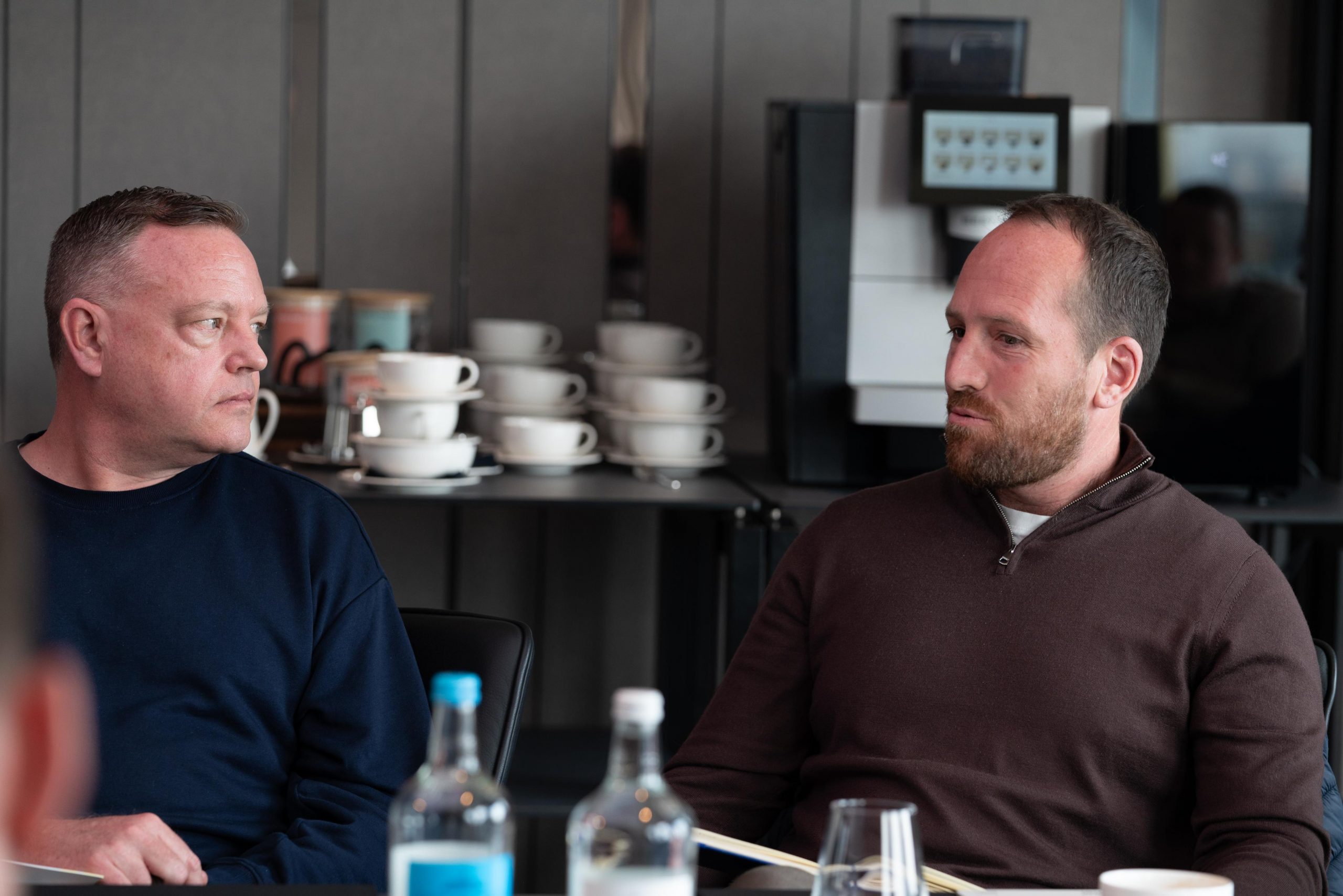
Oliver (pictured, right, above) pointed out that whilst his venue is equipped with sensors to track movement around the venue, he also sees it as a potential part of the event team’s service to report back to the brand team with core amplification numbers, and so taking charge of the numbers that get reported.
The group then overview some of the methods available to brand events for evaluation – market research, sensors, amplification data, response data – even eye tracking gets a mention, though with question marks over what types of data collection may or may not be regarded as invasive. Emma points out that in a venue like Troxy where the audience is often controlled, methods of evaluation are typically expected and understood by attendees and so not regarded as invasive.
Callum says that technology is providing a much needed cut to the costs of evaluation. He cited an event Avantgarde hosted where beacons were used to establish valuable demographic data about the event attendees.
If you have a close knowledge of who is attending an event, then that also helps the event to understand who is converting to become a brand advocate and why.
There followed some discussion in the group of the big numbers media agencies like to use to justify marketing shares and views back to brands. It is certainly a challenge to not get caught up in a circle of hype.
Ella adds the satisfaction she feels when tracing the direct shares of newly converted brand advocates, whilst Alain reminds us that interpreting and understanding the collated data is key “to steer the process and make meaningful actions.”

Giles (pictured above) adds to this point that Strata is involved more frequently with collaborations between agencies so that each part of the marketing team is connected and realistic. Emma adds that forward thinking venues should be a part of the collaboration, working in close relationship with the brand and event marketing team. “Our attitude has to be one of ‘how can we make this work’”, she says.
Oliver adds his adage that helps his venue to focus on immersion – “Making brands famous makes us famous too” he says.
Building Long Term Relationships

There’s no doubt that once a brand has had a successful event or two there is a strong desire to build upon and repeat that success and in Ella (pictures above) from Circle Agency and Robin Carlisle we had two campaign experts who have been engaged with driving long term brand success with the same client across multiple immersive events – with Costa and Coca-Cola EuorPacific Partners (CCEP) both being a key relationships for Circle in the immersive category in recent years and with Robin being a seamless part of the Mercedes-Benz event team for 30 years when he was running Mobile Promotions.
For Robin the organic growth of his 30+ years association with Mercedes-Benz came about organically with the agency and brand taking on a trust level that he likened to family. This grew to a point where Mercedes-Benz often allowed its agency to create, drive and deliver new campaigns. Ella agreed. She has witnessed the first of CCEP’s immersive events with Circle from a few years ago and has seen bolder and more immersive events emerge from the partnership each passing year – “they trusted us and let us continue to evolve the strategy”, she says.
Callum agrees: “My clients know that I care about them”, he says. Callum outlines the balance between big creative ideas and the value of successful relationships, with the relationship providing the strategic lead.
“We are a people business and people buy people” says Giles, adding that through stronger relationships clients are more inclined to share their outcomes. Alain concludes the topic of ongoing relationships by saying at Channel Assist he has a reputation for not stopping to celebrate the end of a campaign because his focus moves rapidly onto the next cycle. “That was good, now how do we make it better?” he says.
Looking Ahead
The discussion had been a lively one and we soon ran out of time, but there was just enough of the session left for me to get one last statement from each of the panel about the future of immersive events.
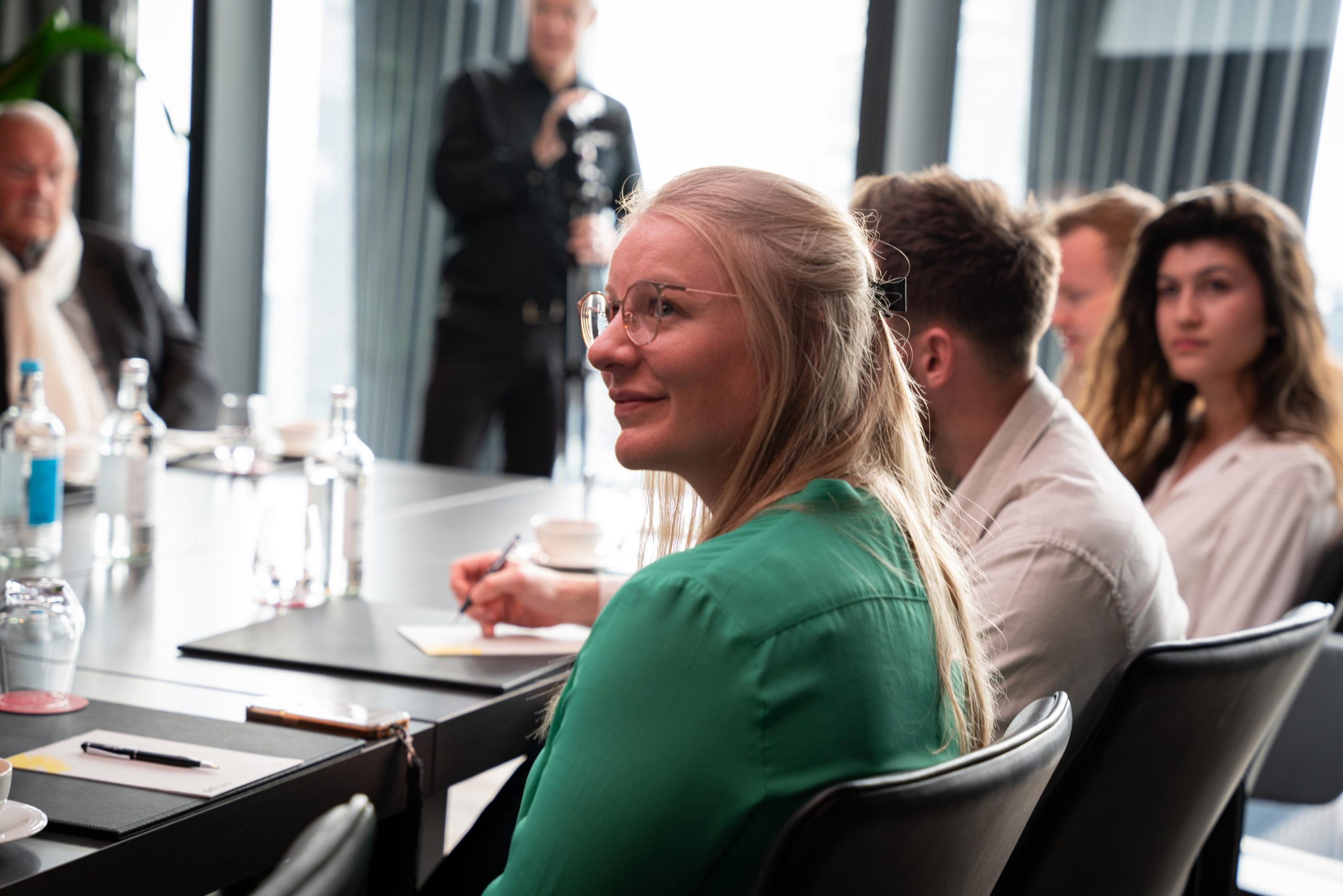
Emma (pictured above): “Expectations are that we [Troxy] are much more than just a space. Enquiries [that want that] are increasing.”
George: “There are more events in the pipeline, and they will come with more scrutiny. In an ideal world it will not be the event that is built off the campaign but the campaigns that are built around the events.”
Ella: “Budgets are getting squeezed but we [Circle] see that as an opportunity.” [to prove the value of what an immersive event can achieve]
Callum: “Timeframes and budgets are getting shorter and smaller, because brands are holding back [because of global uncertainty or nervousness. But strong partnerships and collaborations will help release budgets].”

Robin: “We’re seeing more and more of a trend towards sales-led events [especially in automotive]”
Oliver: “The industry is challenged to present itself clearly. The challenge is education.” If, he says, brand experience can present the 1-5 ‘killer’ reasons to use events then it will attract more media budgets.
Giles: “In this period of instability [i.e. global tariffs etc.] then instability forces change, forces us outside of the comfort zone… Outside of the comfort zone is where the margin is.” He concludes that circumstances to come will make clients braver “and we just need to respond to that”.
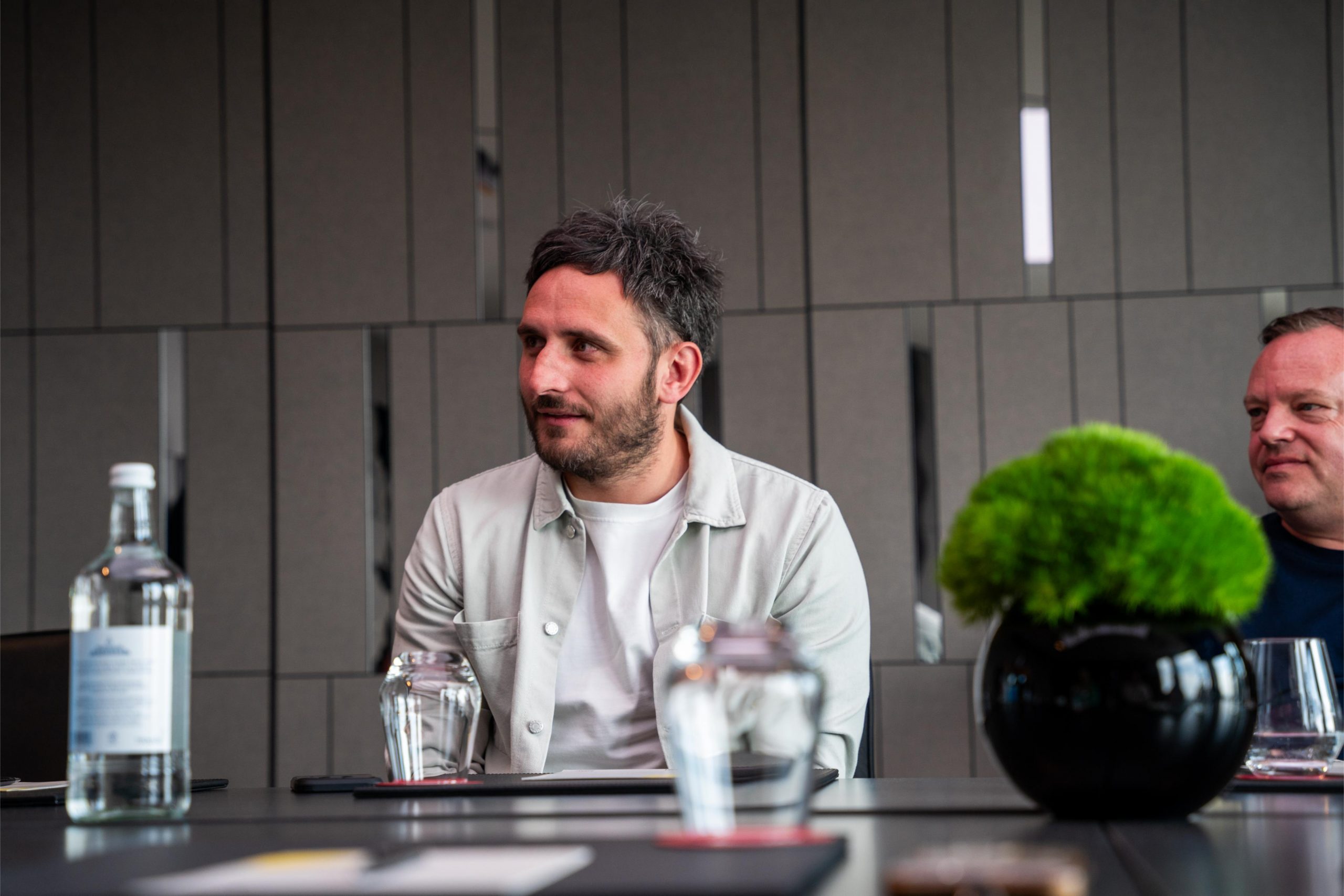
Alain (pictured above): “Immersive events are the fastest growing line of business [at Channel Assist] For our perspective the need is clear because the businesses we work with have an appetite, and our response if to keep it simple… we’re working to specific calls to action – the ROI and ROE – and yes, with challenges ahead but we’re seeing… an opportunity”
Conclusion
In the coming months there will clearly be some bumps in the road with clients needing to navigate an ever changing economic outlook. However, events are solid, dependable and real and when delivered with accountability can be a leading part of the sales and marketing toolkit.
